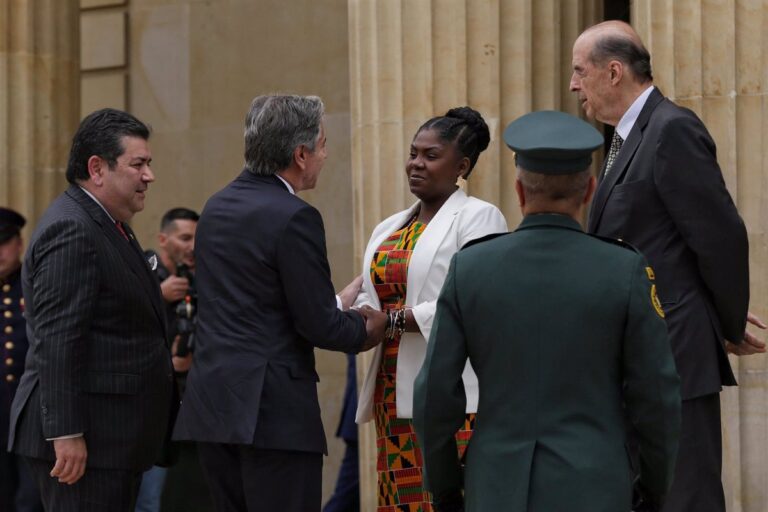At last count, there were almost 7 000 languages in the world; you may have noticed similarities in two or three, but how likely are they to exist across every single mode of communication? In September 2015, a group of three researchers won an Ig Nobel prize for improbable research after they appeared to prove the existence of a word that is common to all languages: ‘huh?’.
In the same week as the award ceremony, the researchers followed up with a second study: not only is there evidence for the existence of a universal word; we can also speak of universal language principles. They’re two distinct claims but give rise to one major question. How can we explain the presence of language universals—through culture or biology or both?
How to explain the evolution of ‘huh?’
Professor Nick Enfield, who formed part of the award-winning research team, explains the apparent universality of the word ‘huh?’ through a process of convergent cultural evolution. He’s suggesting that humanity’s use of ‘huh?’ emerged independently in different languages, in response to similar constraints. “We’re all involved in this quick exchange of turns in conversation: I say something, you say something back,” he says. In fact, it takes an average of only 200 milliseconds to change speaker during conversation. This leaves an incredibly small amount of time to signal problems in hearing or understanding, essentially asking the other person to clarify. Given these constraints are common to all cultures and all languages with a spoken form, “if you put them together, then ‘huh?’ just evolves in that position.”

And universal principles?
But how well does this cultural rationale explain the team’s most recent finding—that spoken languages also seem to share a set of universal principles. “I think there’s a great big difference,” says Enfield about the two discoveries. Whereas the issue of ‘huh?’ relates to phonetics and people’s expectations of timing, the system of universal principles “is really about the cooperative nature of social interaction” and, in particular, the shared effort in repairing breakdowns in conversation.
Moreover, Enfield argues that what makes this system truly universal for humanity is that we are using language to talk about language itself. “That’s not something that animals’ communication systems actually allow you to do; you don’t have this reflexive property.” Such reasoning arguably goes beyond cultural factors and may well suggest a biological explanation for universal language principles. But it’s surprisingly difficult to know for sure.
Tracing the origins
Genetically speaking at least, no universal control over language ability has ever been found. Without certain genetic functions humans would lose the ability to talk—but this is not the same as knowing a language, its syntax, grammar, or the expectations of conversation. So, to explain the origin of universal words or language principles, we would essentially have to explain the origin of language itself. This is no mean feat.
The suggestion that language universals emerged separately in response to common cultural constraints is entirely convincing; to be certain, however, researchers would also have to account for the possibility of a single ancestral source. And in the words of Professor Pierre-Henri Gouyon, a specialist in genetics and evolution at the National Museum of Natural History in Paris, “I can’t imagine how you could have this kind of data.”

To take an example: all terrestrial vertebrates have a similar bone structure in their arms, a shape that is derived from a common ancestor. Birds and bats, on the other hand, share a similar wing structure but have two distinct lineages. They evolved separately, and the fact that their wing structures are now similar is the result of convergence. In the case of language universals, the task of finding out which is the relevant path is made incredibly difficult, starting with the fact that we are not even sure whether there have been several independent emergences of language. “If there’s been only one, any kind of resemblance you find between [words or language principles] could be the result of the ancestral state,” explains Gouyon.
The point is, without knowing for sure the origins of language, the precise role of culture and biology in creating language universals will remain unclear. This by no means disproves their existence, and for Enfield the next phase of research is clear: “In the search for universals versus diversity, and the search for what it is about the human mind that makes language what it is—there hasn’t been enough, anywhere near enough work on the social side of language.”







